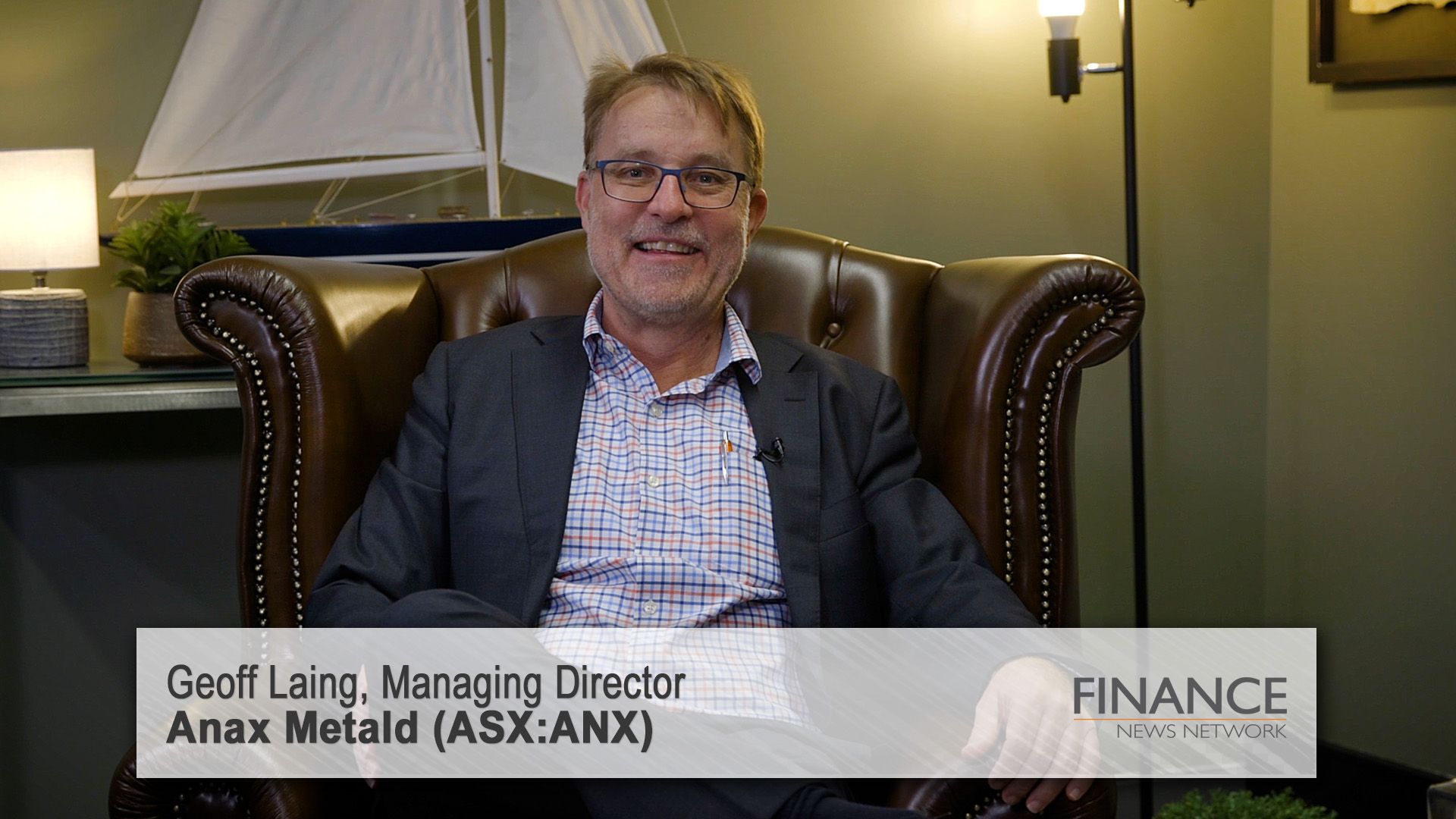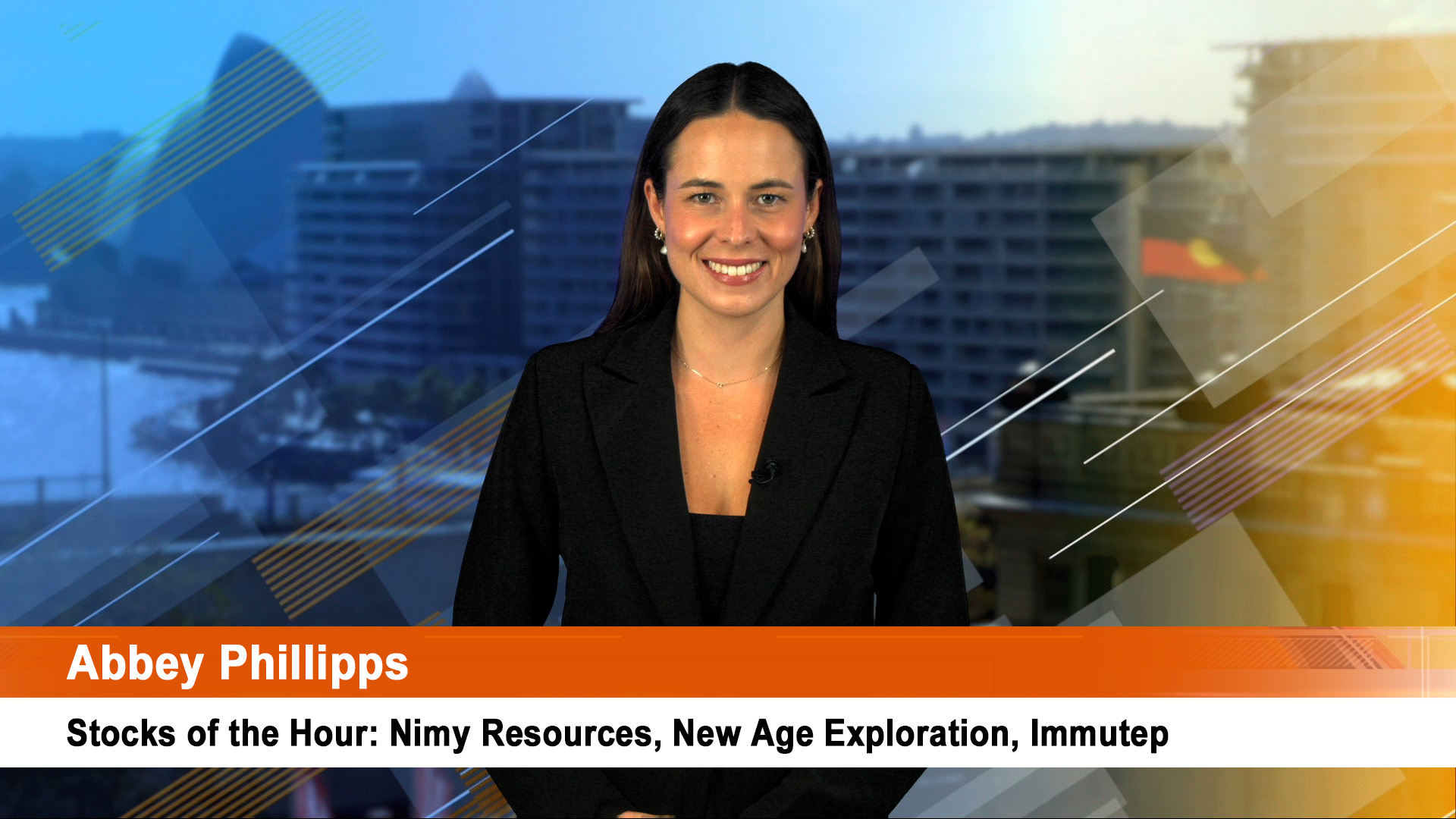The head of Strategy at the AMP, Dr Shane Oliver has warned that the local stockmarket “is in danger of a short term correction” after giving the 6000 point mark a nudge last week.
The market indeed retreated a touch on Friday, falling by around half a per cent on profit taking in the banks and in stocks like Telstra which had jumped sharply on Thursday after better than expected interim profit figures and forecasts for the rest of the year.
The All Ords rose 0.6 per cent over the week to end at 5935.5 while the ASX200 had a similar performance to close at 5953.7.
In his weekly note on Friday before the market finished trading for the week Dr Oliver said that “After rising sharply over the last few months shares are at risk of a short term correction.
“The Australian share market has risen 500 points or 9% in five weeks and with the psychological milestone of 6000 for the ASX 200 now being attained its possible we may see profit taking resulting in a pullback or consolidation over the next few weeks.”
That seems to have been behind some of the selling on Friday, which while not concerted, was enough to ruffle the recent optimistic outlook.
But Dr Oliver is optimistic.
“However, despite the risk of a brief correction, share markets are on track for solid gains over the next six to 12 months on the back of reasonable valuations, lots of cash around the world looking for a home and still solid profit growth.
“The Australian share market is no longer cheap with the forward PE now around its ten year average of 15.2, but it is not expensive either and the trend is likely to remain up supported by solid profit growth, continued M&A activity and strong investment inflows via superannuation and the investment of Future Fund assets.
“Bonds are likely to track side ways for the next six months, as the global growth and inflation both prove benign.
“The $A is likely to continue churning up and down around current levels with both interest rates and commodity prices providing mixed signals for the currency at present.”
His is a stance similar to that from the Reserve Bank in its first Monetary Police Statement for the year, released last week.
It showed no alarm at the stockmarket around these levels, pointing out that valuations are around the long term trend, or a little higher, but not excessively so.
“So far in 2007, the share market has risen by 4 per cent, reaching new record highs. The ASX 200 is currently around 115 per cent higher than the trough in March 2003.
“Unlike in 2005, when resource companies’ share prices increased by nearly 50 per cent, the rise in the ASX 200 in 2006 was quite broadly based. Resource companies’ share prices increased by 15 per cent last year, which was below the 20 per cent increase in the share prices of non-resource companies.
“The general strength in equities in 2006 was underpinned by strong profit t results for ASX 200 companies. In terms of profits in the future, there were sharp upward revisions during the first half of 2006 to expectations for resource companies’ earnings per share (EPS), followed by some modest downward revisions in the second half of the year.
“Despite these (modest) downgrades, analysts currently expect resource companies’ EPS to increase by 32 per cent in 2006/07 and by a further 4 per cent in 2007/08 (Graph 60). For non-resource companies, analysts currently expect EPS growth of 8 per cent in 2006/07 and 9 per cent in 2007/08.
“For all ASX 200 companies, EPS are forecast to increase by 14 per cent in 2006/07 and around 7 per cent in 2007/08.
“Despite the strong rise in share prices, aggregate measures of share market valuation improved slightly over the course of 2006. The ratio of share prices to actual earnings per share – the P/E ratio – fell from 18 to 17, with the gain in share prices being more than matched by the rise in profits.
“At its current level, the Australian P/E ratio is only slightly above its long-run average and in line with P/E ratios for world equity markets. The dividend yield on Australian shares remained broadly unchanged over the course of 2006 and currently stands at 3.6 per cent, which is around its historical average.”
So no real concerns, but, it should also be pointed out, no real bargains about if valuations are a touch higher than long term.
That was a problem the big listed investment companies, like Milton, AFIC and Argo mentioned in their profit statements.
It’s something to keep in mind.
……………………………
The US market faces a shorter week: they areclosed tonight for the Presidents Day holiday which will mean fairly restrained trading here today and tomorrow until a lead is seen.
That’s because the US market was all but steady Friday, with oil back above $US59 a barrel and metals fairly steady.
The US will be looking at results from Dow Wal-Mart and Home Depot, two troubled retailers. Both are suffering slow sales (Wal-Mart’s are the slowest for a decade) so the impact on earnings will be watched. Another biggie to report is recovering tech stock, Hewlett-Packard.
Wal-Mart’s will report earnings for its fourth quarter, which ends in January. It has already said that sales at stores open at least a year rose in December and January after a small decline in November.
Home Depot rival Lowe’s will report on Friday and both will be looked at to see how the housing slump is impacting profits.
By Friday’s close, the Dow had had its best week since November. For the week, the Dow Jones rose 1.5 per cent, the S&P 500 1.2 per cent and the NASDAQ 1.5 per cent.
A solid week indeed.













